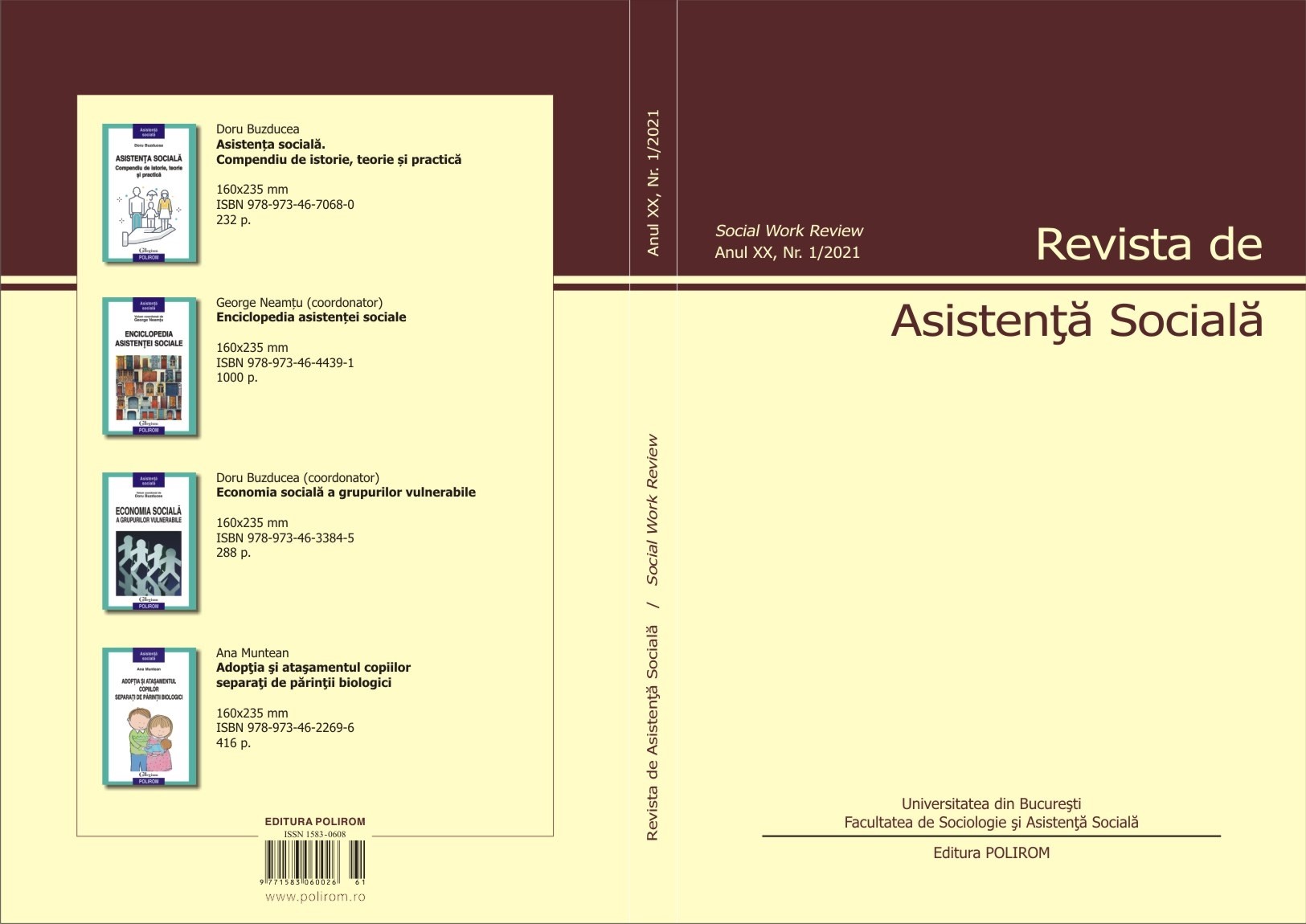The Bright and Dark Side of the Social Capital Concept
The Bright and Dark Side of the Social Capital Concept
Author(s): Elena Negura, Romeo AsimineiSubject(s): Welfare services, Social Norms / Social Control, Sociology of Politics
Published by: POLIROM & Universitatea Bucureşti - Dept. de Sociologie şi Asistenţă Socială
Keywords: social capital; bridging social capital; bonding social capital; linking social capital;
Summary/Abstract: Social capital became one of the most widely used concept in social sciences and interest for it does not seem to diminish. The contemporary meaning of the concept has been developed by three founding fathers: Pierre Bourdieu, James Coleman, and Robert Putnam. Bourdieu and Coleman analysed social capital at individual or small groups level. Different from their perspective, Putnam popularised the concept and extended analyses at community and societal level. The success of social capital concept is due to its wide range of uses, meaning and effects at different levels of society. In the literature does not exist an unanimously accepted definition of the concept of social capital. Most often the concept is used to highlight the positive externalities and its bright side. Indisputable, social capital has beneficial effects, but it is not a panacea and as other forms of the capital has negative externalities. The study aims to structure and define the concept of social capital by capitalizing the historical development of the concept and to highlight not only the positive aspects, but also the dark side of concept, much less presented and analysed in the scientific literature.
Journal: Revista de Asistenţă Socială
- Issue Year: XX/2021
- Issue No: 2
- Page Range: 7-19
- Page Count: 13
- Language: English
- Content File-PDF

